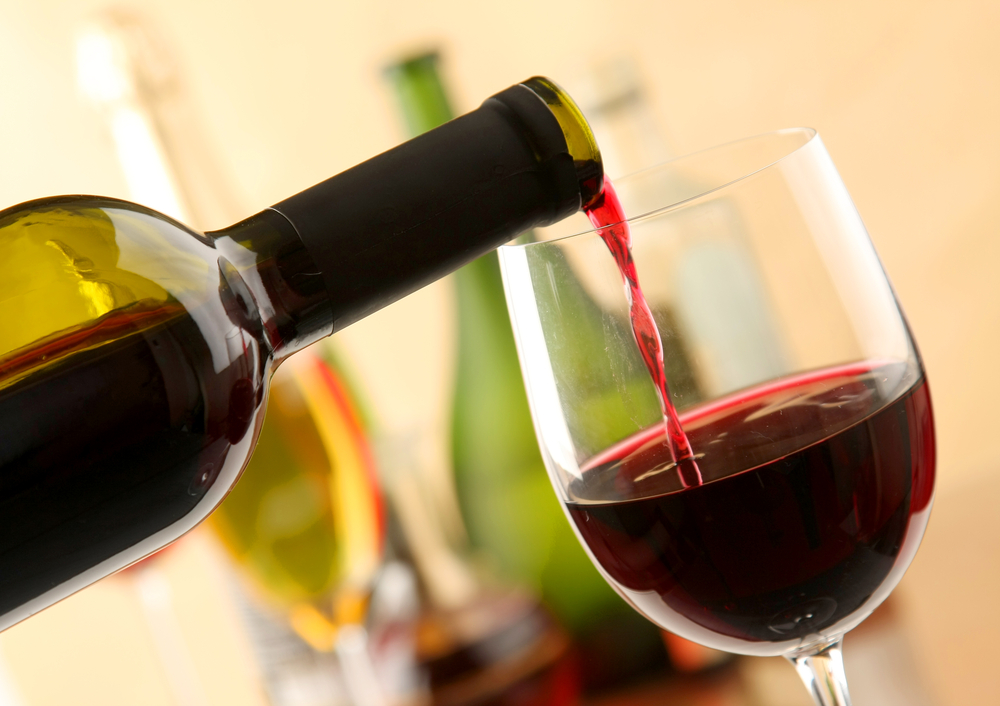Are you a red wine lover? Does the spectrum of Burgundy wines give you a thrill when you’re shopping? Or are you someone who’s just dipping their toe into the ocean of reds?
Whatever the case, this guide to the secrets of color in red wine and what it indicates will give you an inside look into that beautiful array.
Opacity of the Wine
You’ve more than likely heard this term. It’s the same idea as full- or light-bodied—can you see through the wine to the other side? If not, then you’ve got a very opaque wine and a prime example of a full-bodied wine.
In addition to giving a clue to the body, the opacity of a wine can help you figure out what sort of grape was used to make it and how old the wine is. Now, this can’t always indicate age, because some grapes simply create more opaque wines. But it can give you a clue in the right direction.
Rim Variation
Another clue to the secret of color in red wine and what it indicates comes from the rim variation. What does that mean? When you pour wine into a glass and look at it from above, you may see the spectrum of color in the glass. Some wines will show a consistent color from the center all the way to the rim. Others will show a shift in hue. Older wines may show a wide rim variation (where the color in the center is quite a few shades darker than that near the rim). Younger wines will show a tighter rim variation, shifting only slightly lighter on the outskirts.
The Spectrum of Reds
Now, taking what we now know about opacity and rim variation, we can dig deeper into the varied hues of red wine. The three below are simply starting points—they’ll give you the base you need to understand colors in your next bottle of wine.
Dark Ruby Tones
You’ll notice dark ruby tones for specific grapes, but you can also correlate those deeper hues with younger wines. When it comes to rim variation, younger wines will see those ruby tones throughout the glass, not just in the center.
Wines With Dark Ruby Tones:
- Young Cabernet
- Young Syrah
- Young Merlot
Pale Berry
A lot of people recognize wine with a pale berry hue as an easier drinking wine. Tannic wines often correlate to darker wines. The lighter the wine, the fewer the tannins—and often, the easier to drink. Typically, these lighter reds are also lighter in body, so they’re not as opaque. However, this is the situation in which the opacity (or lack thereof) does not equal age.
Wines With Pale Berry Tones:
- Young Pinot Noir
- Old Cabernet/Merlot (a bit more on the orange scale in rim variation)
Want to make sure your wine ages gracefully? Buy fine wine online with Wines ’Til Sold Out and experience the beauty of red’s spectrum.




I have purchased several wines from you that exhibit this orange hue. They are barely drinkable. Would it be possible to work out a deal for a credit?
Hi Shawn!
Thanks for reaching out to WTSO. We apologize for you receiving bad bottles from us! We have had our customer service team reach out to you to make this right. If you have any further concerns or questions please reach out to us at wines@wtso.com